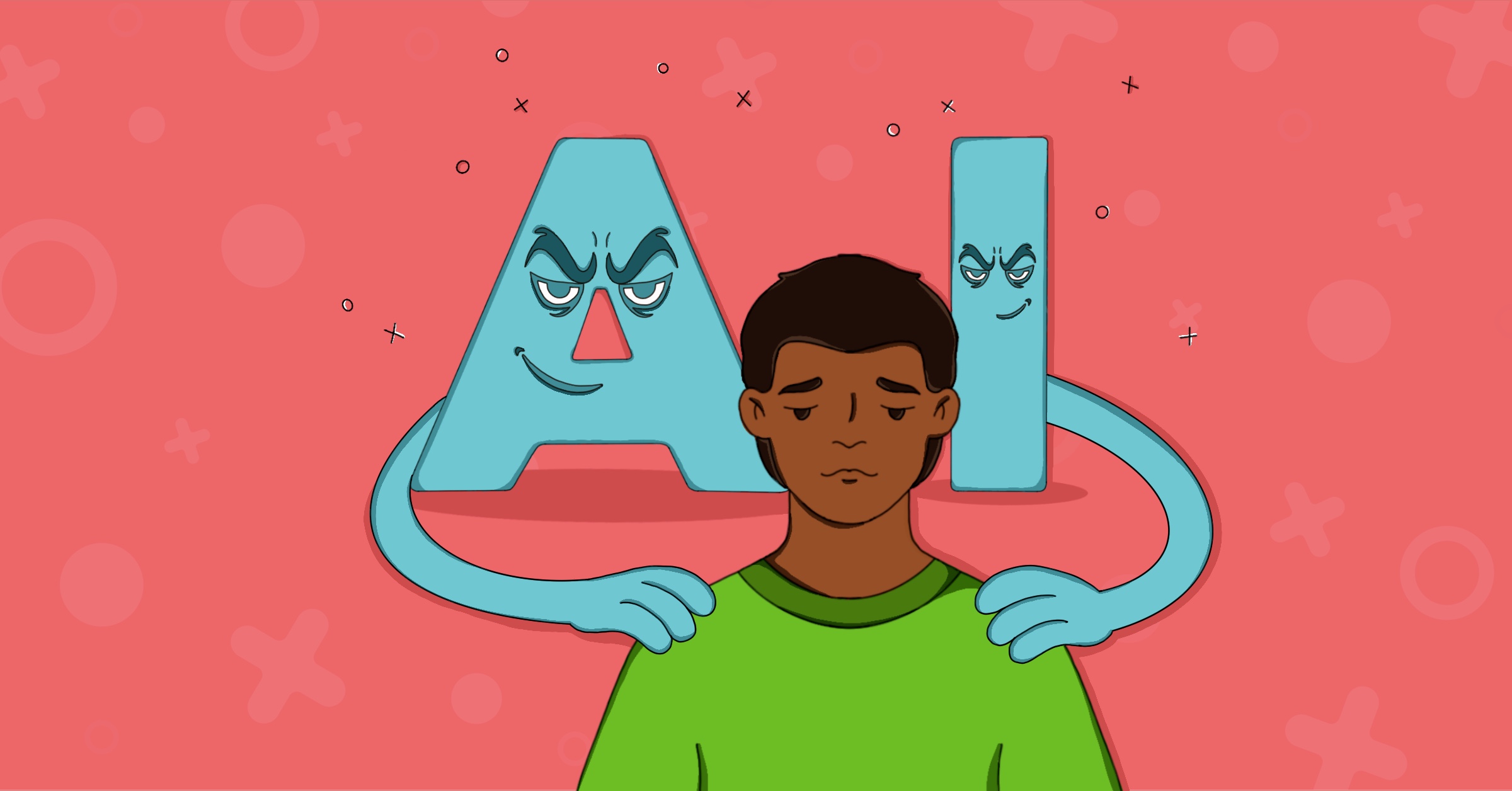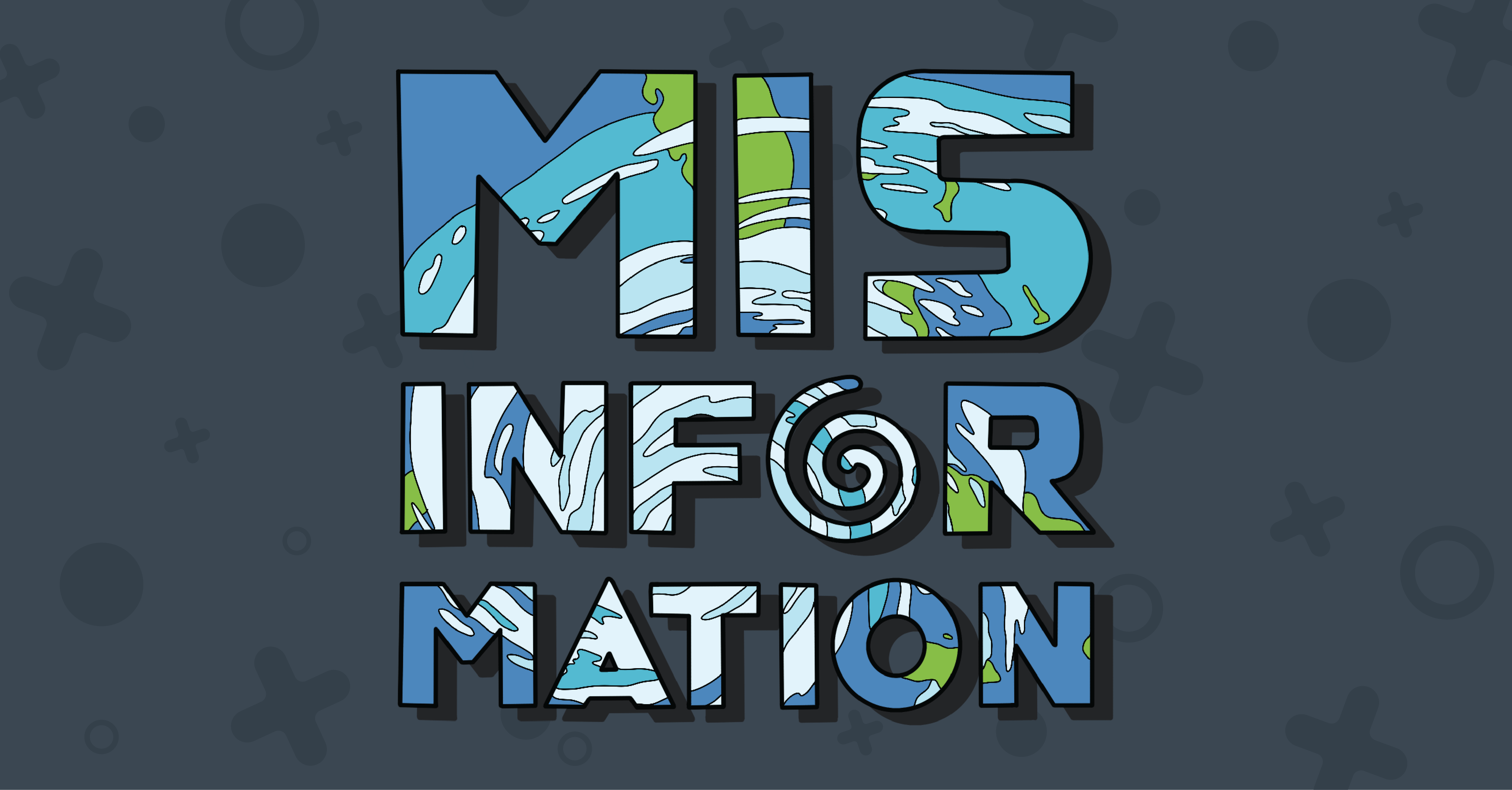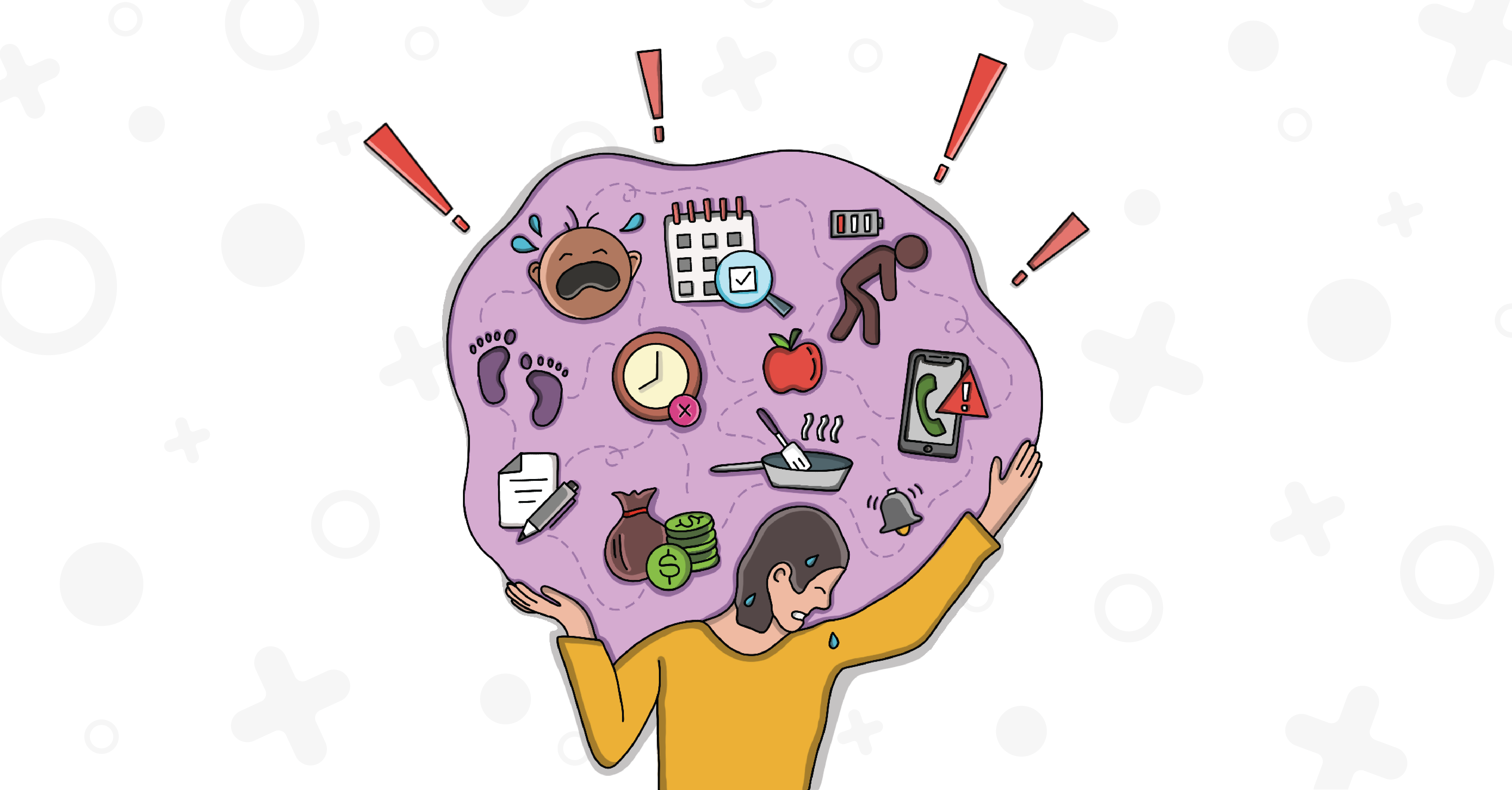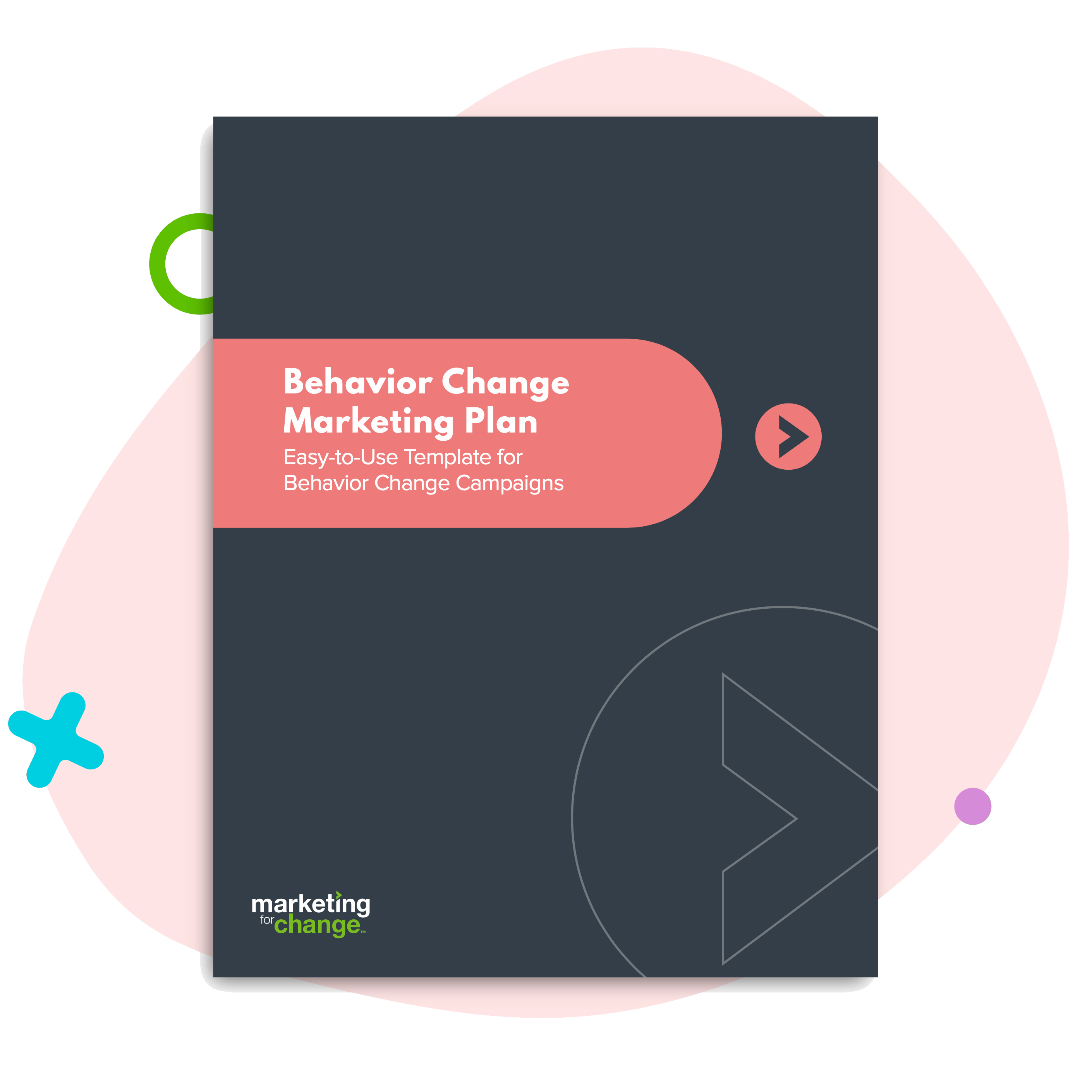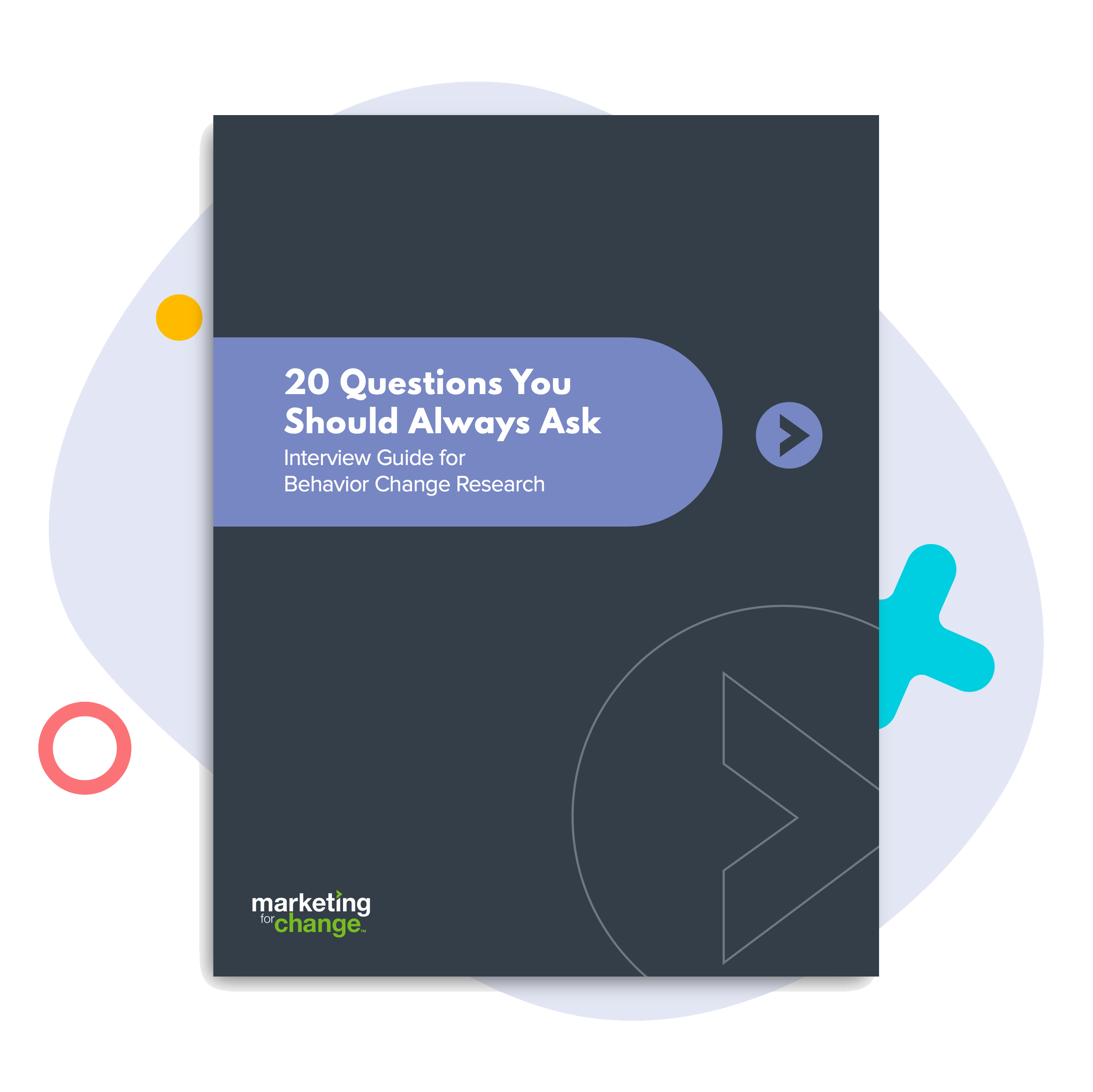
You are Cursed by Knowledge. Here’s What to Do to Break Free.
I work with experts all the time. People who are deeply informed and passionate about helping people and the planet. People who — except for a tendency to use a ton of acronyms — are really cool to spend time with. And at some point in our relationship, I almost always have to break the news: when it comes to trying to change other people’s behavior, being smart can make you dumb. It’s the Curse of Knowledge.
The Curse of Knowledge happens because we can’t unknow what we know. We cannot separate our thinking from the knowledge that now informs it. This cognitive bias leads us to expect other people to think like we do. It’s the brilliant professor who is bewildered that first years can’t grasp a concept that to him seems so basic. It’s the instruction booklet that no one but the engineer who wrote it can understand. It’s that moment in charades when you give clues that are clear as day to you but cause your team to stare back with blank faces. It’s the students who, when asked in a Stanford University study to drum out a common tune like “Happy Birthday” with their fingertips, thought the listener would guess the song at least 50% of the time. In fact, the accuracy rate was 2.5%.
Where the Curse of Knowledge especially gets us into trouble is when we are trying to design something for people who do not possess the same knowledge as us. Which pretty much describes every behavioral intervention ever done anywhere.
So here are five things you can do to make sure the Curse of Knowledge doesn’t hex your behavior change project so much that it ends up appealing only to people who think just like you (and thus probably don’t need to change their behavior anyway).
 1. Listen. Deeply. When you want people to do something different — whether it’s eat more fresh produce, vote for better pensions for teachers, upgrade their septic system so it doesn’t pollute local waters, or one of the many other “fun” topics those of us in behavior change work on day-to-day — stop thinking about what you think they need to know. Start listening to what they have to say. Research, of course, helps. But for goodness sake don’t just show some draft creative or test messages and ask if people “understand” or “like” them. Find out what makes it hard for your audience to do the behavior, and what might make it easier. And ask them what they think other people like them do. Self-efficacy and social norms are huge drivers of behaviors (along with other common behavioral determinants). Sharing knowledge can be key to action AFTER you’ve first managed to make a connection. People don’t make the effort to acquire and retain knowledge until you’ve first created emotional buy-in.
1. Listen. Deeply. When you want people to do something different — whether it’s eat more fresh produce, vote for better pensions for teachers, upgrade their septic system so it doesn’t pollute local waters, or one of the many other “fun” topics those of us in behavior change work on day-to-day — stop thinking about what you think they need to know. Start listening to what they have to say. Research, of course, helps. But for goodness sake don’t just show some draft creative or test messages and ask if people “understand” or “like” them. Find out what makes it hard for your audience to do the behavior, and what might make it easier. And ask them what they think other people like them do. Self-efficacy and social norms are huge drivers of behaviors (along with other common behavioral determinants). Sharing knowledge can be key to action AFTER you’ve first managed to make a connection. People don’t make the effort to acquire and retain knowledge until you’ve first created emotional buy-in.
2. Keep it simple. One of the biggest barriers to behavior change is choice overload. It’s why “Nudge” gurus Richard Thaler and Cass Sunstein found that cutting the number of 401(k) options significantly increased the likelihood that people would actually enroll in a plan. (Even better — making plans opt-out instead of opt-in). But nearly every expert I’ve ever met has a list of at least 20 things they want people to do. Reduce it to five. Or even better, three. And yes, odd numbers are more salient than even.
 3. Use concrete examples. The more expert we become in a topic, the more abstract we make our communications. That’s because abstract concepts become an umbrella that we can fit a whole bunch of concrete examples under. We can easily call these examples to mind as we read, listen or talk. Newbies, however, have no such mental databank — so for them, your communications become meaningless. That’s why behavior change authors Chip and Dan Heath tell business leaders to use concrete language and stories to avoid the Curse of Knowledge. Give your audience something to hang onto.
3. Use concrete examples. The more expert we become in a topic, the more abstract we make our communications. That’s because abstract concepts become an umbrella that we can fit a whole bunch of concrete examples under. We can easily call these examples to mind as we read, listen or talk. Newbies, however, have no such mental databank — so for them, your communications become meaningless. That’s why behavior change authors Chip and Dan Heath tell business leaders to use concrete language and stories to avoid the Curse of Knowledge. Give your audience something to hang onto.
 4. Don’t trust your gut. Malcolm Gladwell’s “Blink” tells the story of how an antiquities expert took one look at the $10 million kouros statue in the Getty Museum in Los Angeles and pronounced it a fake. Experts do this all the time. As we learn more and more about a subject, or acquire more and more experience in an area like firefighting, we build a vast bank of knowledge that our brain can automatically access before our rational mind even has a chance to process it. The problem is that while your expert gut instinct can make a correct assessment in microseconds, your not-so-expert gut instinct can just as quickly make an incorrect assessment — and your mind can’t tell the difference. Our brains are lazy and rely on heuristics, or mental shortcuts. And we are just as sure about our gut instincts when they are wrong as when they are right. So if you really know a lot about a subject, listen to your gut, but verify. And if you are designing a campaign for an audience that isn’t like you, don’t listen to your gut at all. (But if you’re in a burning building with an experienced firefighter who tells you to get out, run).
4. Don’t trust your gut. Malcolm Gladwell’s “Blink” tells the story of how an antiquities expert took one look at the $10 million kouros statue in the Getty Museum in Los Angeles and pronounced it a fake. Experts do this all the time. As we learn more and more about a subject, or acquire more and more experience in an area like firefighting, we build a vast bank of knowledge that our brain can automatically access before our rational mind even has a chance to process it. The problem is that while your expert gut instinct can make a correct assessment in microseconds, your not-so-expert gut instinct can just as quickly make an incorrect assessment — and your mind can’t tell the difference. Our brains are lazy and rely on heuristics, or mental shortcuts. And we are just as sure about our gut instincts when they are wrong as when they are right. So if you really know a lot about a subject, listen to your gut, but verify. And if you are designing a campaign for an audience that isn’t like you, don’t listen to your gut at all. (But if you’re in a burning building with an experienced firefighter who tells you to get out, run).
 5. Walk in their shoes. If you read our blog much at all, you know that at Marketing for Change, we believe that empathy — not sympathy, which is empathy’s snobby I-feel-sorry-for-you-which-kinda-makes-me-feel-better-about-myself cousin — is critical in designing a behavior change intervention that will resonate. Empathy requires us to do our best to cast aside our expert mindset, and try to truly step inside the emotional, social and financial contexts that surround the folks whose health and wellbeing we are trying to improve. (The Spent game is a good start). People generally do things for a reason. So rather than decrying, dismissing or denigrating behavior, try to understand why people do what they do. That’s the first step to a behavior change intervention that actually might help.
5. Walk in their shoes. If you read our blog much at all, you know that at Marketing for Change, we believe that empathy — not sympathy, which is empathy’s snobby I-feel-sorry-for-you-which-kinda-makes-me-feel-better-about-myself cousin — is critical in designing a behavior change intervention that will resonate. Empathy requires us to do our best to cast aside our expert mindset, and try to truly step inside the emotional, social and financial contexts that surround the folks whose health and wellbeing we are trying to improve. (The Spent game is a good start). People generally do things for a reason. So rather than decrying, dismissing or denigrating behavior, try to understand why people do what they do. That’s the first step to a behavior change intervention that actually might help.

Sara Isaac is the agency’s chief strategist.


